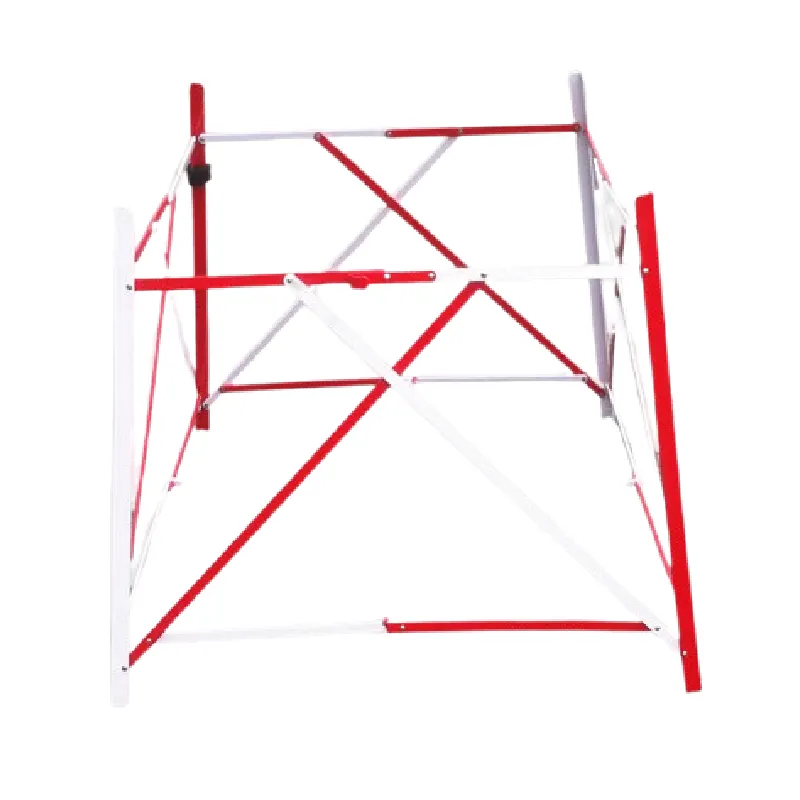
-
 Afrikaans
Afrikaans -
 Albanian
Albanian -
 Amharic
Amharic -
 Arabic
Arabic -
 Armenian
Armenian -
 Azerbaijani
Azerbaijani -
 Basque
Basque -
 Belarusian
Belarusian -
 Bengali
Bengali -
 Bosnian
Bosnian -
 Bulgarian
Bulgarian -
 Catalan
Catalan -
 Cebuano
Cebuano -
 Corsican
Corsican -
 Croatian
Croatian -
 Czech
Czech -
 Danish
Danish -
 Dutch
Dutch -
 English
English -
 Esperanto
Esperanto -
 Estonian
Estonian -
 Finnish
Finnish -
 French
French -
 Frisian
Frisian -
 Galician
Galician -
 Georgian
Georgian -
 German
German -
 Greek
Greek -
 Gujarati
Gujarati -
 Haitian Creole
Haitian Creole -
 hausa
hausa -
 hawaiian
hawaiian -
 Hebrew
Hebrew -
 Hindi
Hindi -
 Miao
Miao -
 Hungarian
Hungarian -
 Icelandic
Icelandic -
 igbo
igbo -
 Indonesian
Indonesian -
 irish
irish -
 Italian
Italian -
 Japanese
Japanese -
 Javanese
Javanese -
 Kannada
Kannada -
 kazakh
kazakh -
 Khmer
Khmer -
 Rwandese
Rwandese -
 Korean
Korean -
 Kurdish
Kurdish -
 Kyrgyz
Kyrgyz -
 Lao
Lao -
 Latin
Latin -
 Latvian
Latvian -
 Lithuanian
Lithuanian -
 Luxembourgish
Luxembourgish -
 Macedonian
Macedonian -
 Malgashi
Malgashi -
 Malay
Malay -
 Malayalam
Malayalam -
 Maltese
Maltese -
 Maori
Maori -
 Marathi
Marathi -
 Mongolian
Mongolian -
 Myanmar
Myanmar -
 Nepali
Nepali -
 Norwegian
Norwegian -
 Norwegian
Norwegian -
 Occitan
Occitan -
 Pashto
Pashto -
 Persian
Persian -
 Polish
Polish -
 Portuguese
Portuguese -
 Punjabi
Punjabi -
 Romanian
Romanian -
 Russian
Russian -
 Samoan
Samoan -
 Scottish Gaelic
Scottish Gaelic -
 Serbian
Serbian -
 Sesotho
Sesotho -
 Shona
Shona -
 Sindhi
Sindhi -
 Sinhala
Sinhala -
 Slovak
Slovak -
 Slovenian
Slovenian -
 Somali
Somali -
 Spanish
Spanish -
 Sundanese
Sundanese -
 Swahili
Swahili -
 Swedish
Swedish -
 Tagalog
Tagalog -
 Tajik
Tajik -
 Tamil
Tamil -
 Tatar
Tatar -
 Telugu
Telugu -
 Thai
Thai -
 Turkish
Turkish -
 Turkmen
Turkmen -
 Ukrainian
Ukrainian -
 Urdu
Urdu -
 Uighur
Uighur -
 Uzbek
Uzbek -
 Vietnamese
Vietnamese -
 Welsh
Welsh -
 Bantu
Bantu -
 Yiddish
Yiddish -
 Yoruba
Yoruba -
 Zulu
Zulu


Oct . 12, 2024 08:35 Back to list
different varieties of chain pulley blocks for various industrial ...
Different Varieties of Chain Pulley Blocks for Various Industrial Applications
Chain pulley blocks are essential tools in many industrial sectors, providing efficient solutions for lifting and moving heavy loads. With a variety of designs and functionalities, these mechanisms cater to the diverse needs of various industries. Understanding the different types of chain pulley blocks available can help businesses select the right equipment for their specific applications.
One of the primary classifications of chain pulley blocks is based on their lifting capacity. Typically, these units come in capacities ranging from 0.5 tons to over 100 tons. Light-duty chain pulley blocks, ideal for smaller workshop environments, usually support loads up to 3 tons. They are perfect for scenarios like maintenance tasks, where only moderate lifting capacity is required. On the other end of the spectrum, heavy-duty models, designed for construction or industrial settings, can handle significantly larger weights, providing robustness and durability.
Another essential distinction is the method of operation. Manual chain pulley blocks utilize human effort for lifting loads, making them ideal for locations without access to electricity. These blocks feature a chain mechanism that the operator pulls to lift or lower objects. They are not only cost-effective but also highly portable, making them suitable for temporary installations or outdoor projects. Conversely, electric chain blocks are powered by electric motors, offering greater efficiency and reducing labor costs in environments where quick lifting is crucial. These electric versions can handle heavier loads with less physical exertion from operators, making them advantageous for assembly lines or heavy machinery applications.
different varieties of chain pulley blocks for various industrial ...

The design of chain pulley blocks also varies depending on the application. For instance, some blocks come with swivel hooks that allow the load to be maneuvered easily in tight spaces. Others feature additional safety mechanisms, such as braking systems, to prevent accidental drops. Additionally, there are specialized blocks designed for specific industries. For example, foundries may use spark-resistant chain pulley blocks to ensure safety in high-temperature environments, while offshore operations might require corrosion-resistant models to withstand harsh marine conditions.
Moreover, portability is a significant factor in choosing the right chain pulley block. Some models are designed to be lightweight and easy to transport, making them suitable for construction sites or maintenance applications. Others may be mounted on fixed structures, providing continuous lifting solutions in assembly plants or warehouses.
In conclusion, the variety of chain pulley blocks available today allows industries to optimize their lifting and moving operations efficiently. From manual to electric models, along with varying capacities and specialized designs, businesses can choose the right equipment tailored to their needs. With the correct chain pulley block, industries can enhance productivity, improve safety, and reduce downtime, ultimately contributing to their overall success. As businesses continue to evolve and grow, the importance of selecting the appropriate lifting equipment cannot be overstated, making the knowledge of different chain pulley block varieties invaluable.
Latest news
What Are Construction Tools and How Are They Used?
NewsJul.11,2025
Professional-Grade Duct Rodding Tools for Superior Cable Installation
NewsJul.11,2025
Enhancing Safety and Efficiency with Modern Hot Stick Solutions
NewsJul.11,2025
Empowering Cable Installation with Advanced Rodder Solutions
NewsJul.11,2025
Elevate Your Cable Installation Projects with Cable Pulling Tools
NewsJul.11,2025
Efficient Cable Handling Solutions: Cable Rollers for Sale
NewsJul.11,2025











